Overlocker Care and Cleaning Tips
Showing your machines a little TLC is key to maintaining a trouble-free relationship. Just like your sewing machines, your overlocker needs some regular cleaning and oiling. Unlike your sewing machine, knowing when to do this varies more from person to person. You will learn quickly that an overlocker/serger creates much more lint than a sewing machine because with every stitch it is also cutting the fabric. Hello dust bunnies! You will most likely be dusting down your overlocker with every project.
Investing in a pack of microfiber cloths is great for any sewing studio. A quick dusting with this cloth is pretty much my daily practice for any machine that I have used. They also work great for dusting off work surfaces.
At the end of every big project, I clean out the inside of my overlocker. The lint brush that comes standard with your machine is great for cleaning the lint from around the presser foot, feed dogs and other small areas, but I recommend purchasing a larger brush for this rest of the machine. Avoid using canned air, as it will force more lint inside your machine where you cannot get to it.
Removing the Stitch Plate
About every 3-4 months, I will go a little deeper in cleaning and remove the stitch plate. This allows for better access to cleaning around the feed dogs of the machine. The machine will come with the screwdriver you need to do this. There are two screws on the stitch plate, and after the first time you remove them they are pretty easy to get out. This is a good time to wipe down the stitch plate with a microfiber cloth. Then you can take the lint brush or cotton swabs to the feed dogs. Just like on a sewing machine, this area builds up a lot of lint so cleaning them will help your machine feed your fabrics easily.
Clean the cutting knife
Lowering the knife will allow you to clean out the lint that builds up between the upper and lower cutting blades, an area that gets a lot of action. To lower the knife on the BERNINA L 450/L 460 machines, simply open the sewing table and locate the knife activation knob. Press it in and turn clockwise to lower the blade, and moving it counter clockwise will bring the blade back up again.
Oiling an Overlocker
Now you are ready to add some oil! There are few things to keep in mind when oiling an overlocker.
- The oil is NOT the same as the oil for your sewing machine. It is important to use the oil that came with your overlocker, or check with your dealership or manufacturer before adding the wrong oil.
- Over-oiling an overlocker can cause more harm than good. The oil will act like a magnet to all that lint and debris, collecting grime to the area of the machine doing the most work.
With those considerations, knowing when to oil based on how you use your machine is important to figure out based on your sewing. An unused machine will dry up faster than a machine that is used. So if it’s been sitting for (ahem) a few years, then you will probably want to oil it. I use my machine frequently, although not daily, and with regular cleaning and care I find that I oil my machine every 4-6 months. Getting to know your machine will help you determine when is best, as you will likely notice more noise or the machine feeling tight in movement. There are only two points that need oiled on most machines and they are on the looper shaft. If in doubt, look at the diagram located on the machine.
Changing Needles
The L 450 and L 460 overlocker is prepared to use standard household needles, just like your sewing machine (130.705H). The size and type of needle is determined by your project needs. The smallest size needle you should use in an overlocker is 70. The machine moves very quickly and anything smaller will likely break easily. On the other side, the largest size needle you should use is 90. Anything bigger will be too large for the clearance between the loopers and could cause a bent needle, or worse, a bent looper. I use 80/12 universal needles for the majority of my projects. Needles can last a long time in an overlocker, I probably change my needles every other month. The exception would be if a needle is damaged, then you will want to change it immediately.
Regular Service
There are some things that are best left to the pros. If your machine has a recurring issue like breaking needles, skipping stitches or the blade becomes damaged, then you know it’s time to take it to the dealer. Replacing a knife can be a costly repair, so keep those pins that are easy to sheer off to a minimum. When serging, I recommend using Clover wonder clips, as they are easy to see and will less likely end up in the cutting knife of your machine. As a general rule, I recommend taking your overlocker to a certified dealership annually for a clean, oil and adjust. The technician will be able to remove the machine covers and work at cleaning the “inner” inside that we don’t have easy access to. They will also check your tensions and clean things up, which is one less time you will have to clean it too. Proper care and maintenance will lead to many happy sewing hours.
Happy and tidy serging!
What you might also like
5 comments on “Overlocker Care and Cleaning Tips”
-
-
Sometimes with particularly curly fabric it will happen that the edge will start to curl as being cut against the knife and then it ends up pulling into the finished seam. I would recommend that with fabric that tend to do this–try adding some seam tape (stabilizer) to those edges or maybe even sew the seam with a tear away stabilizer to add some rigidity to the seam while sewing.
-
-
I have Bernina 2000DE serger used regularly for about 30 years. I don’t recall the machine coming with serger oil. Have never read that sergers require their own oil and have been using regular sewing machine oil all these years. Machine has been serviced regularly. I’m wondering if I have a problem. How would I know if there was an issue?
-
From what I can describe about the newer overlocker models- the oil is clear and lighter than standard sewing machine oil. The main thing to consider is taking regular care of your machine so that all the moving parts continue to work well- sounds like you have a system that is working well for you and your machine! I would not be worried.
-
-
Thank you for the tips on how to clean your overlocker.
I feel a bit ashamed but I’ve had my Bernina 2000de for 30 years and never fully cleaned it because I was scared of opening it up! Just did it and rethreaded and working beautifully. Thanks heaps! Vicki
Leave a Reply
You must be logged in to post a comment.
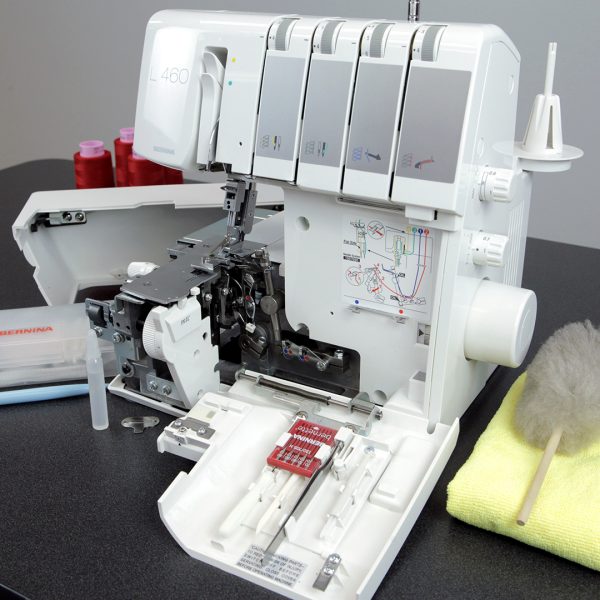
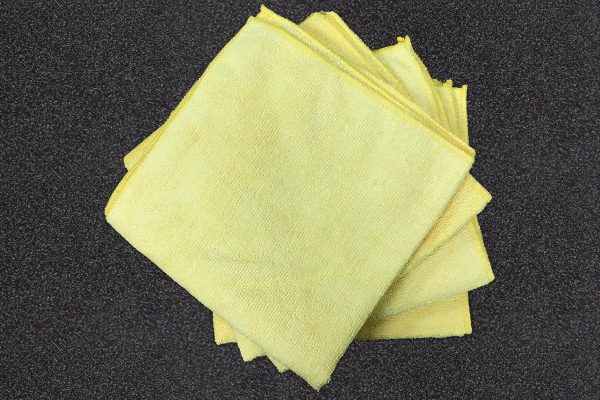
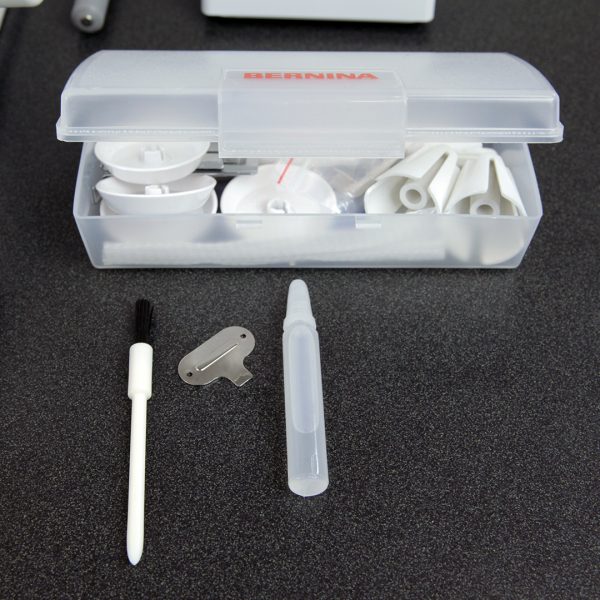
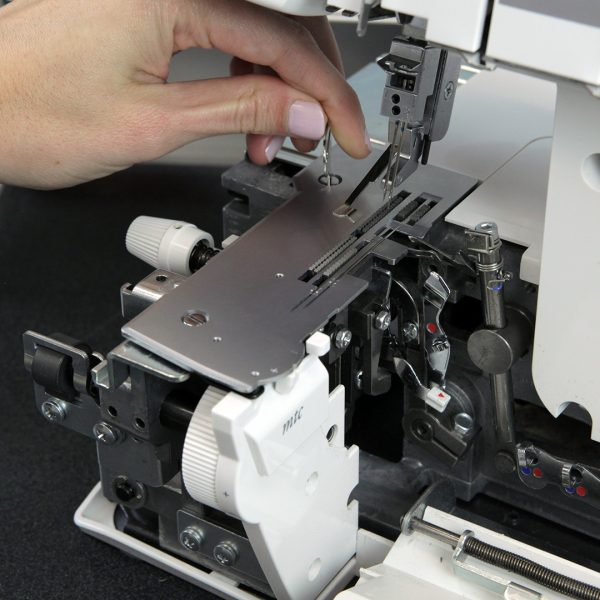
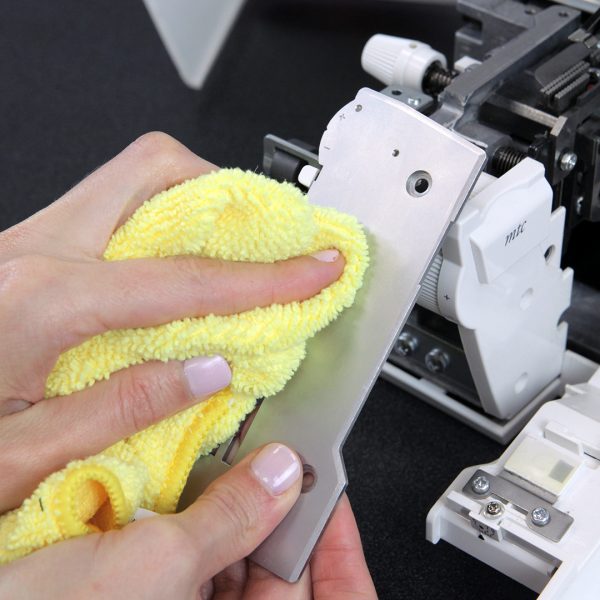
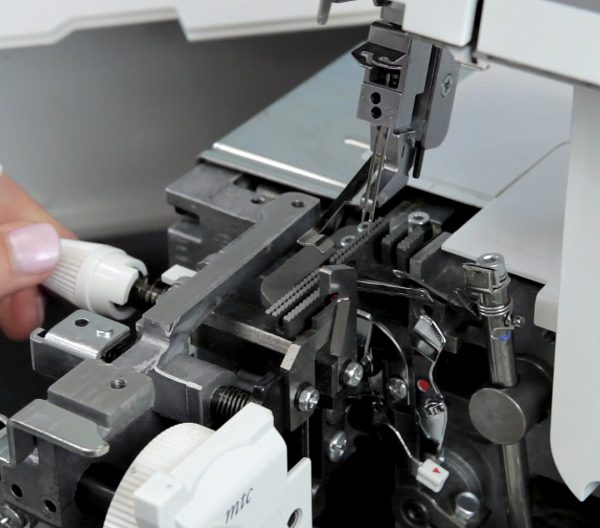
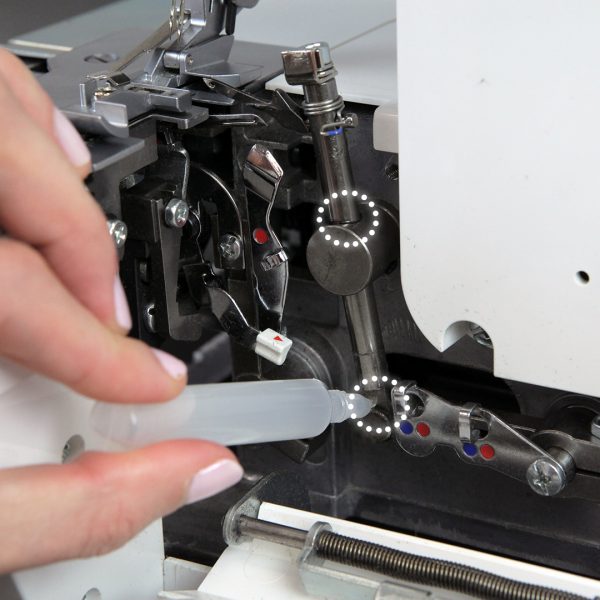
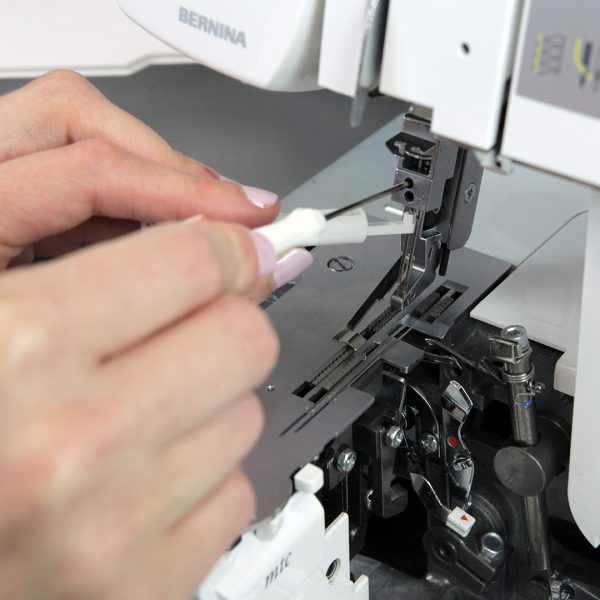
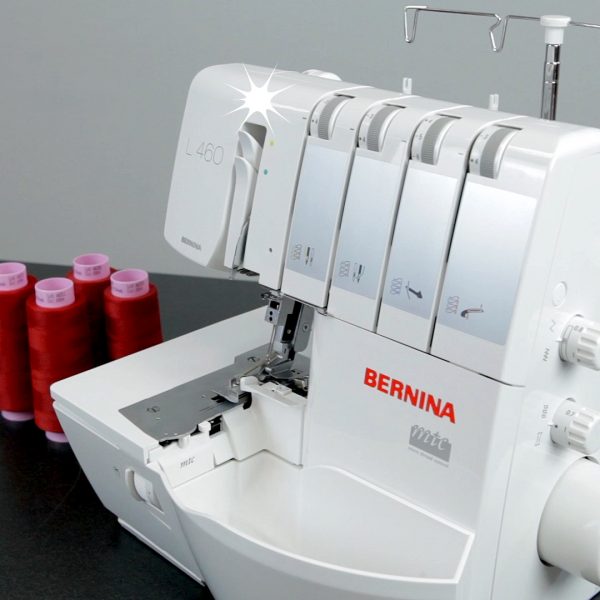
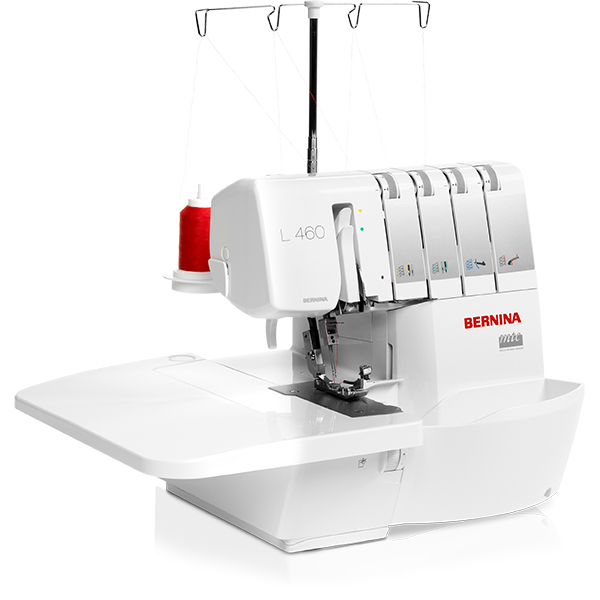
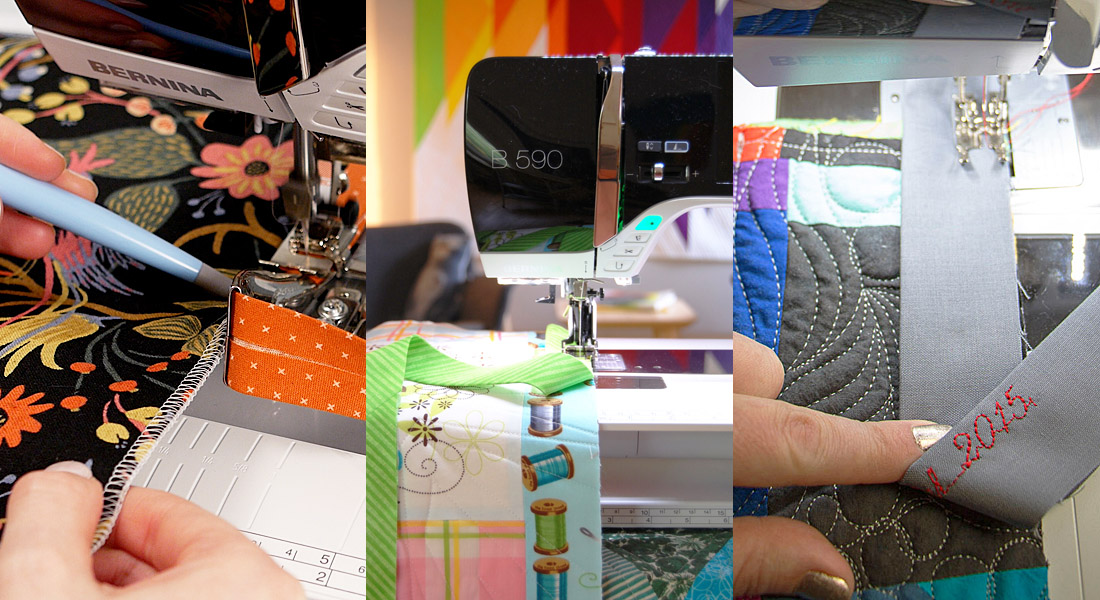
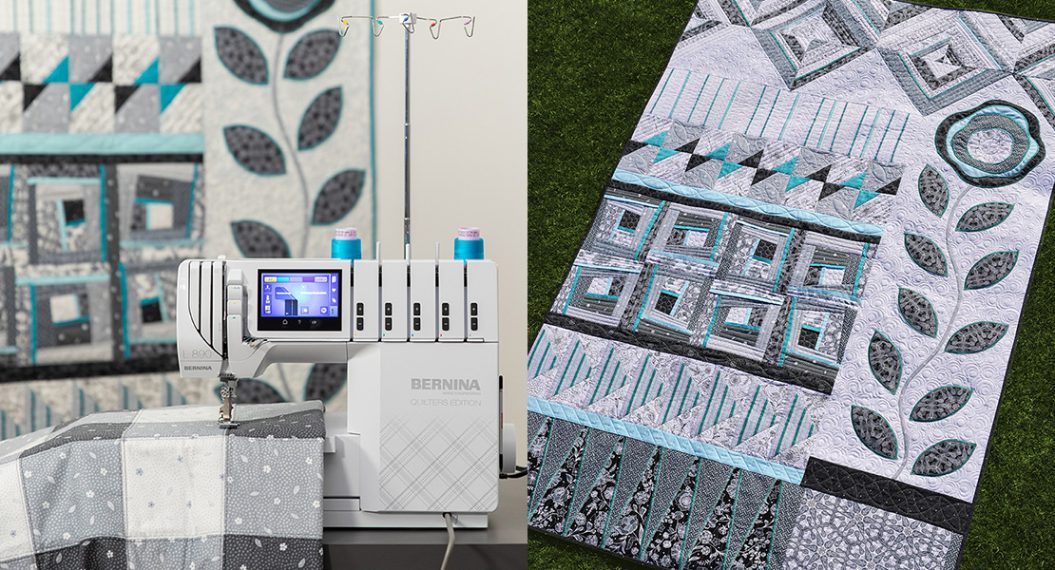
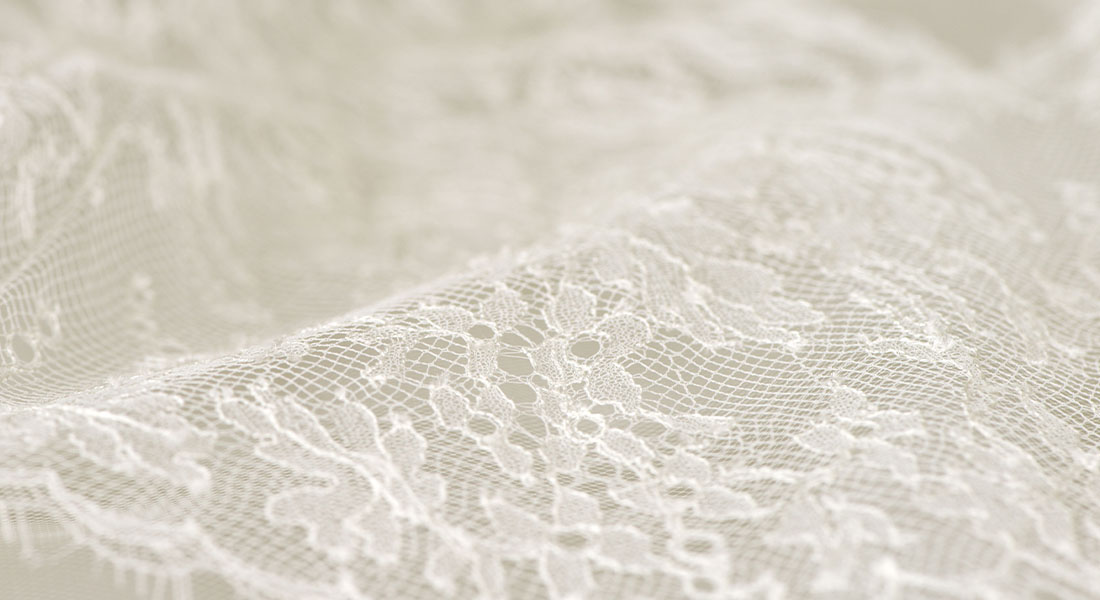
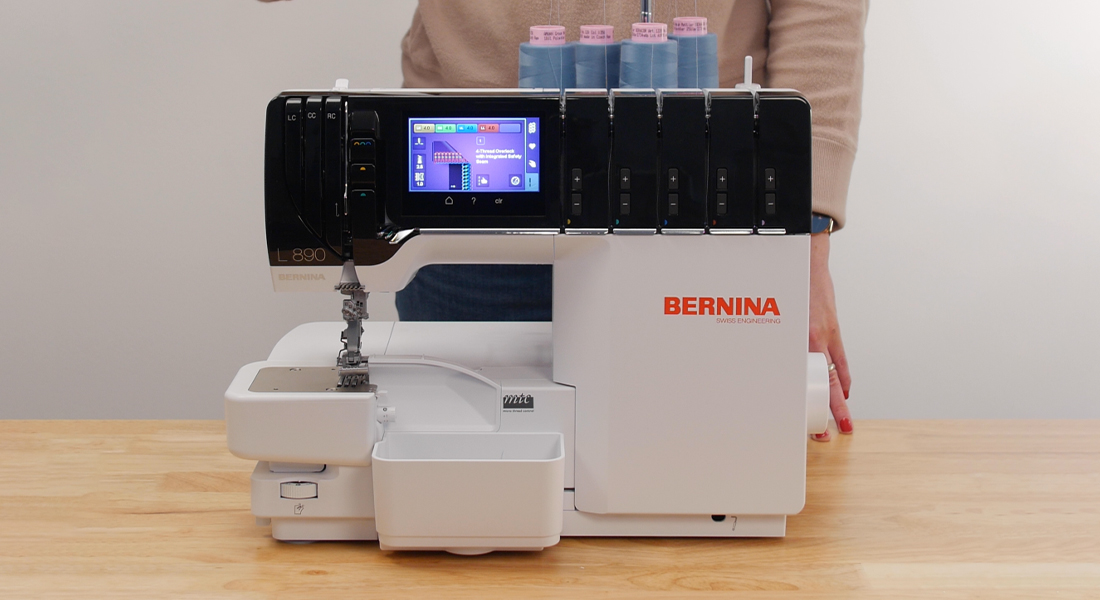
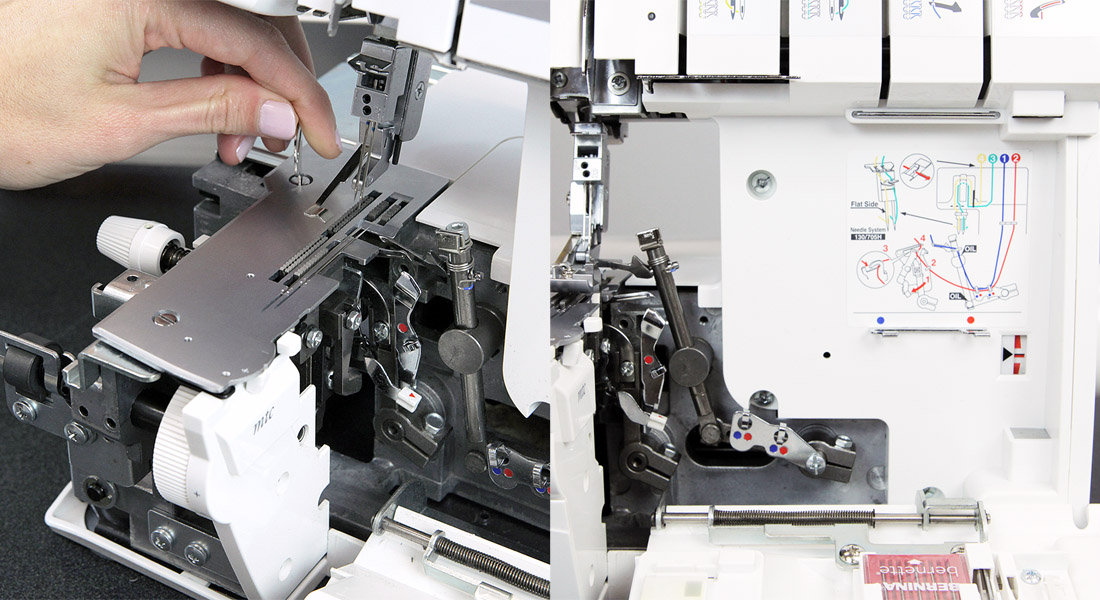
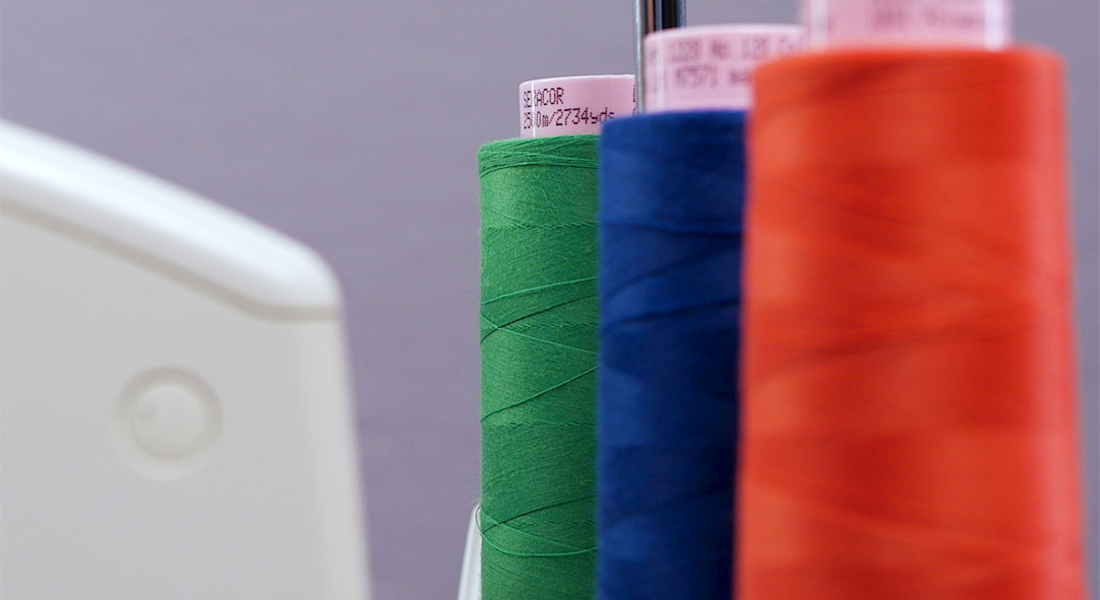
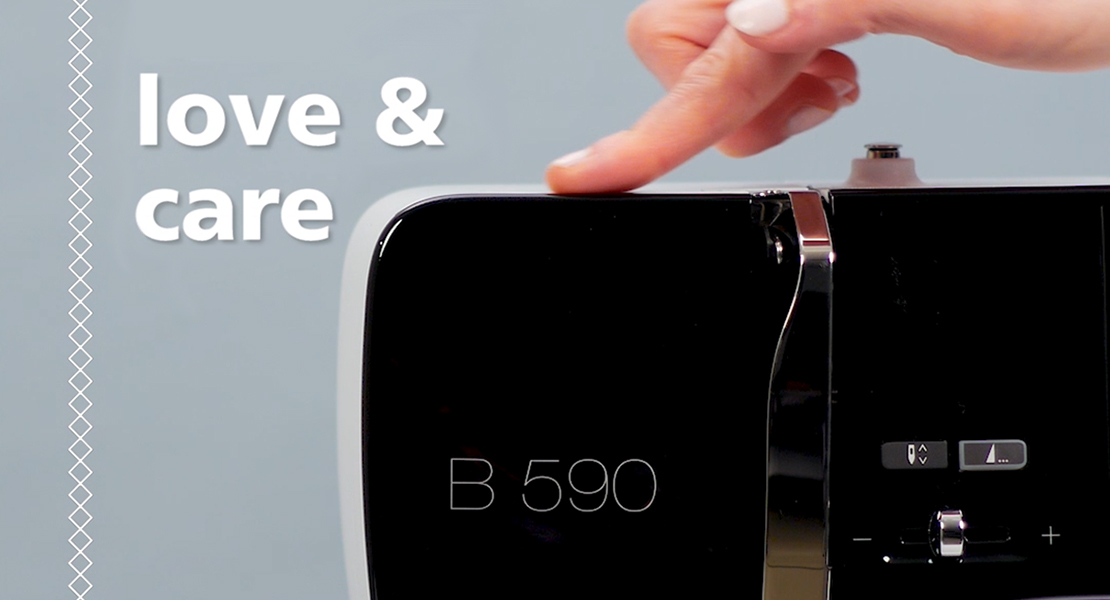
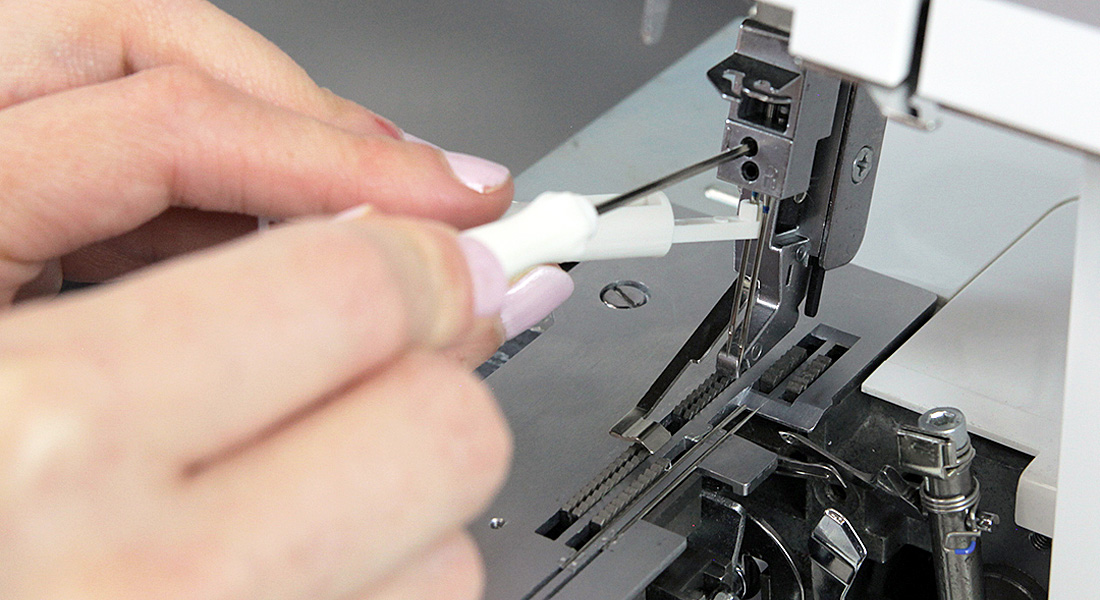
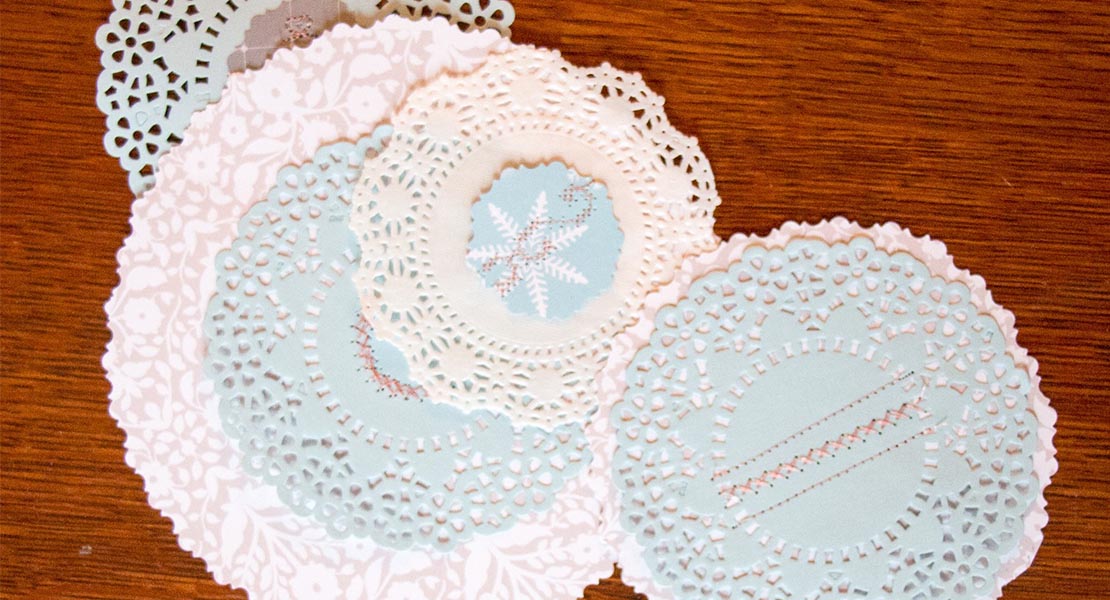
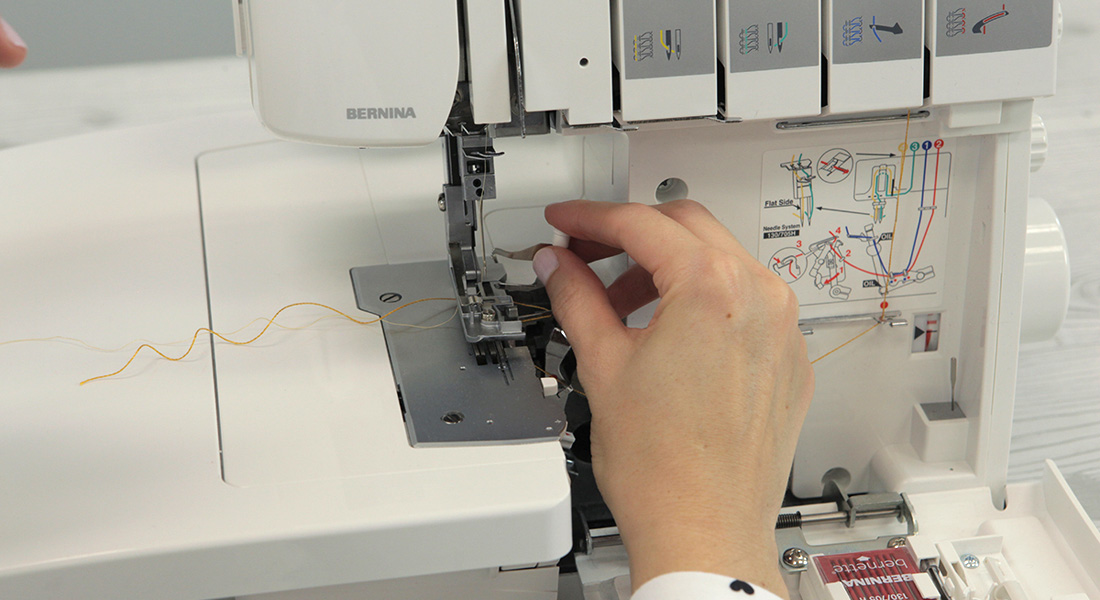
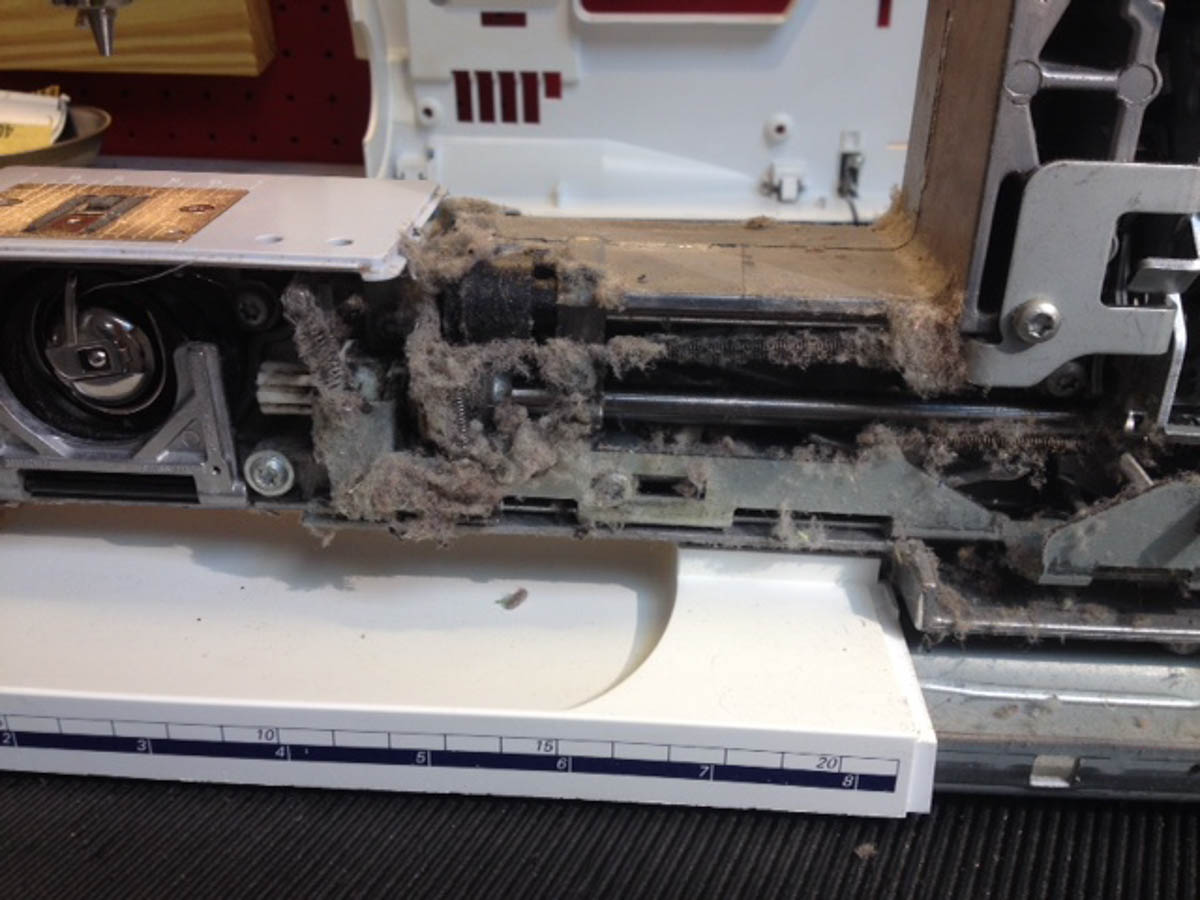
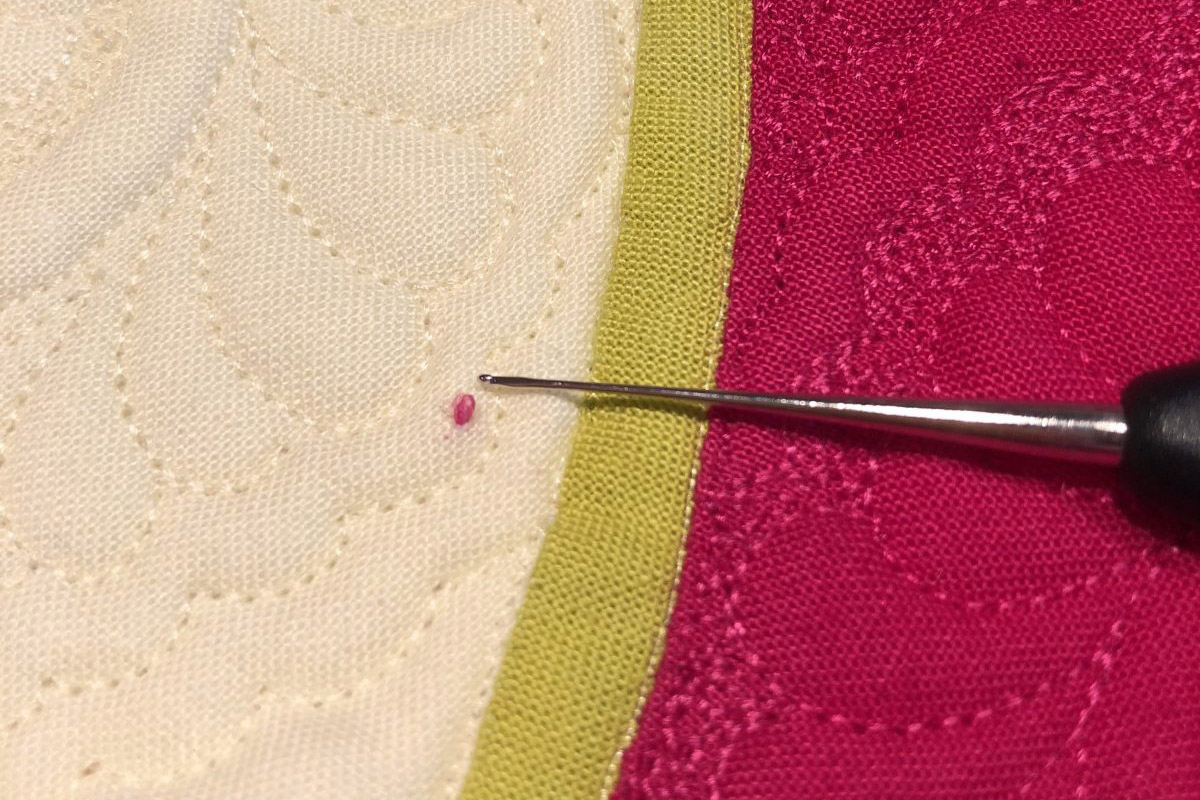
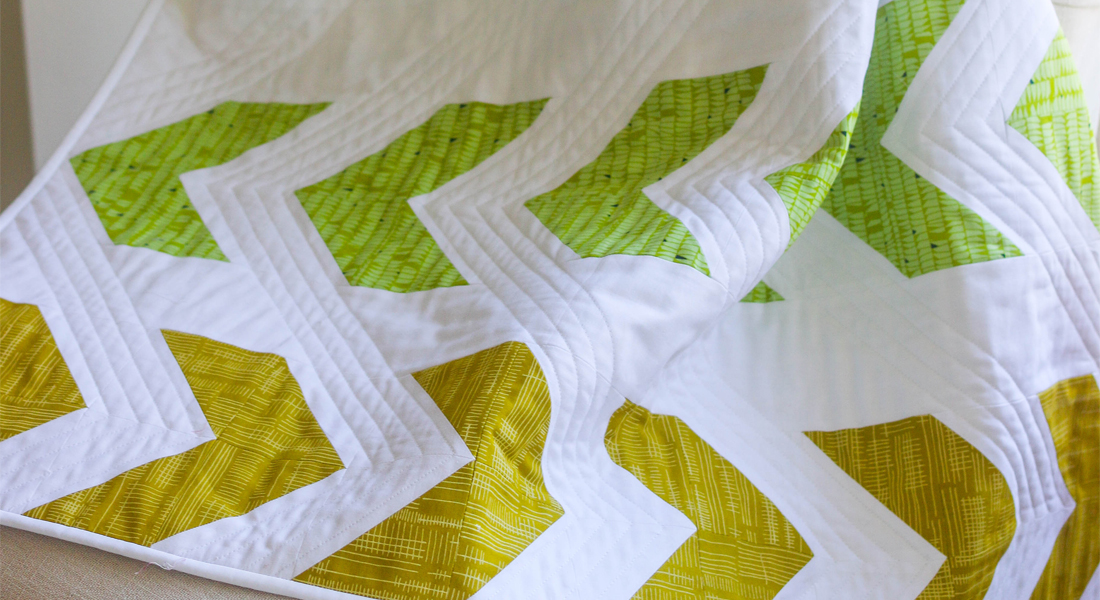
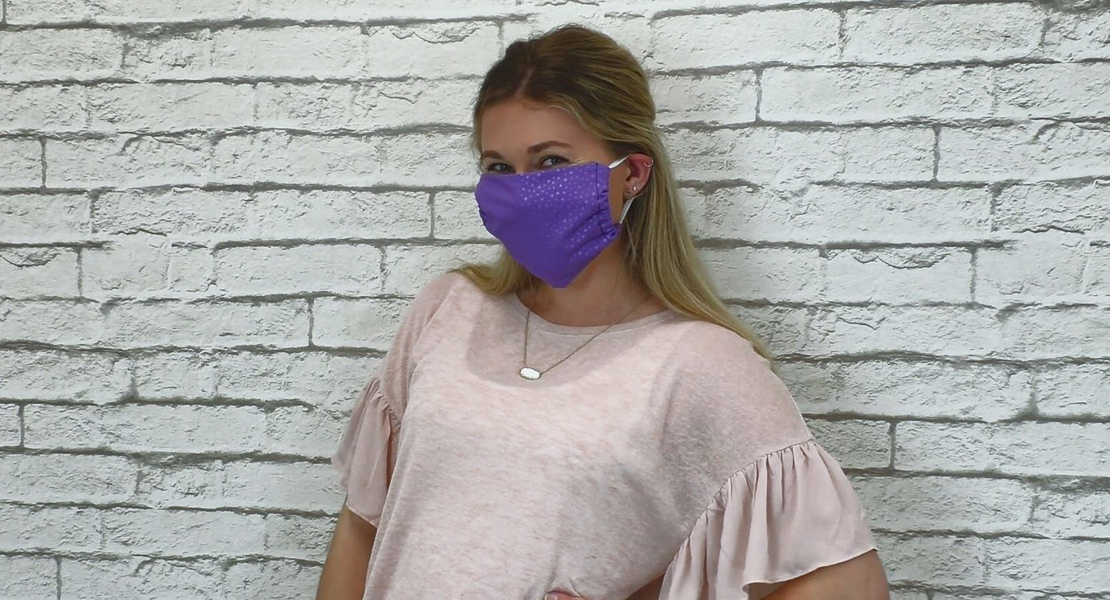

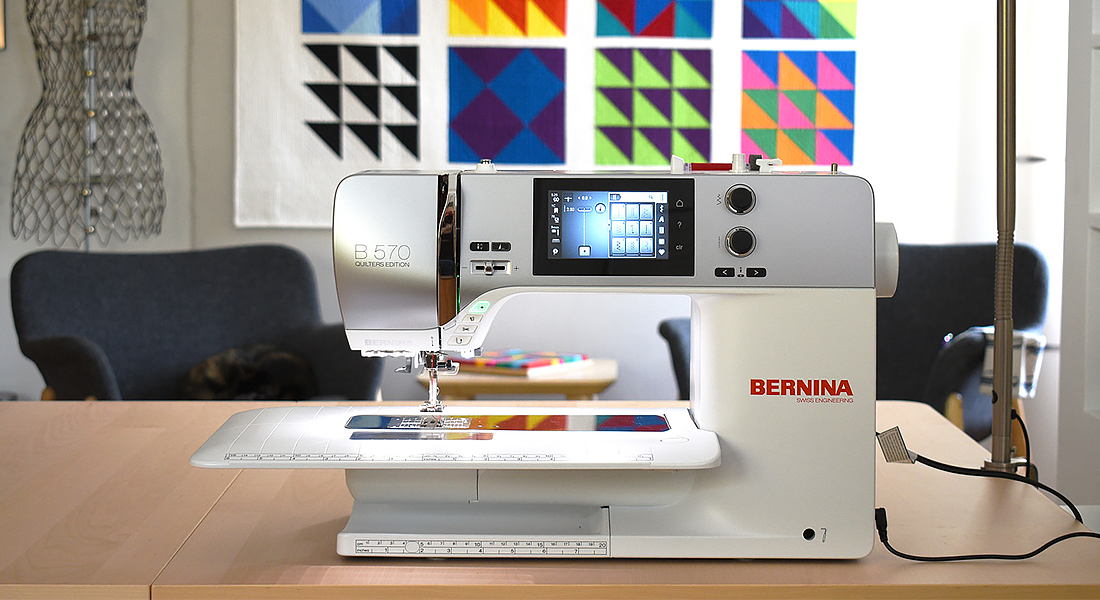
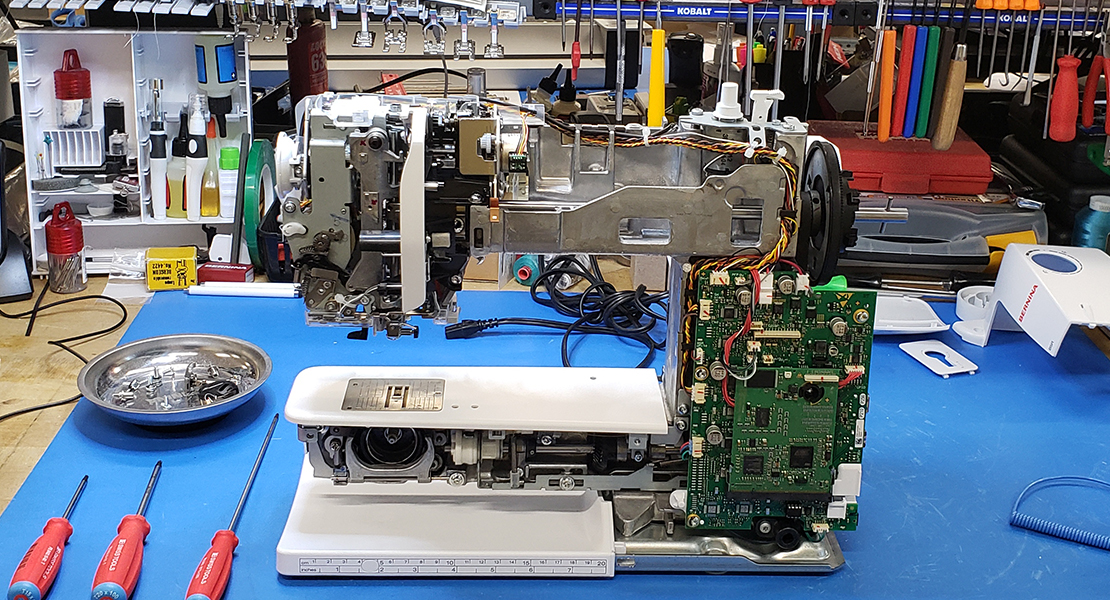
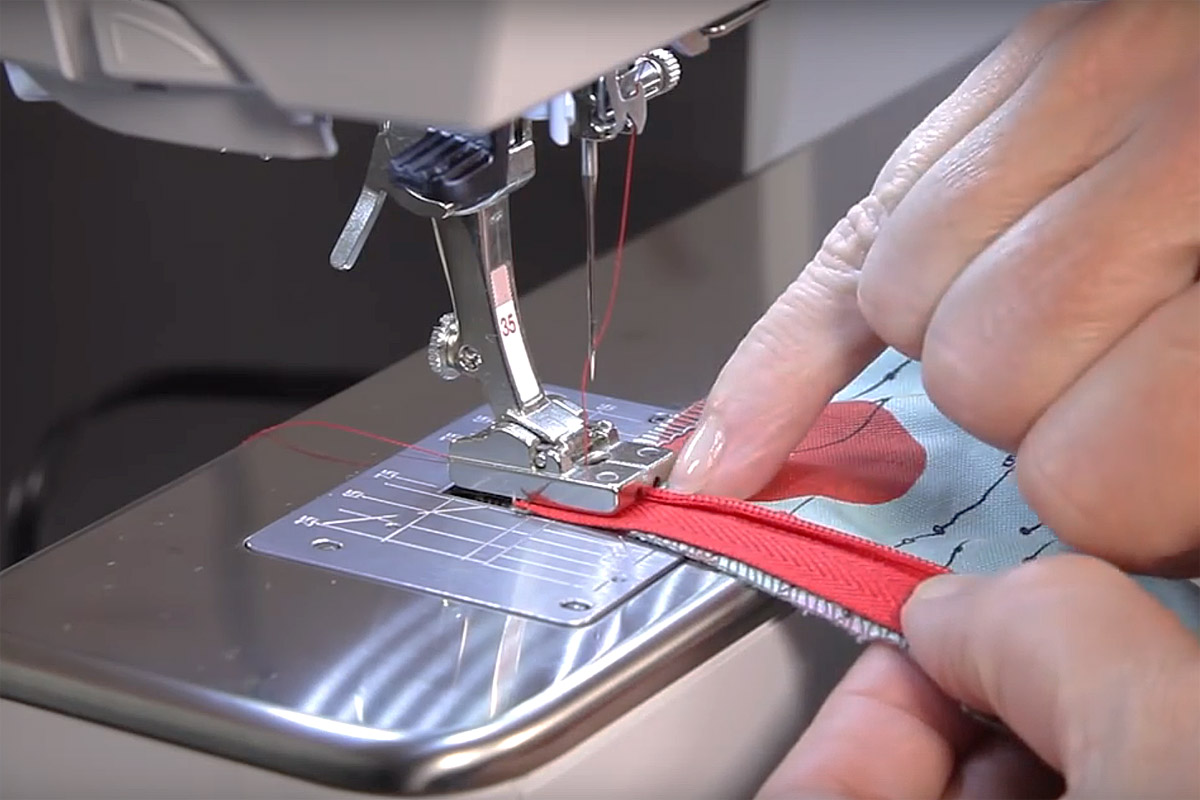
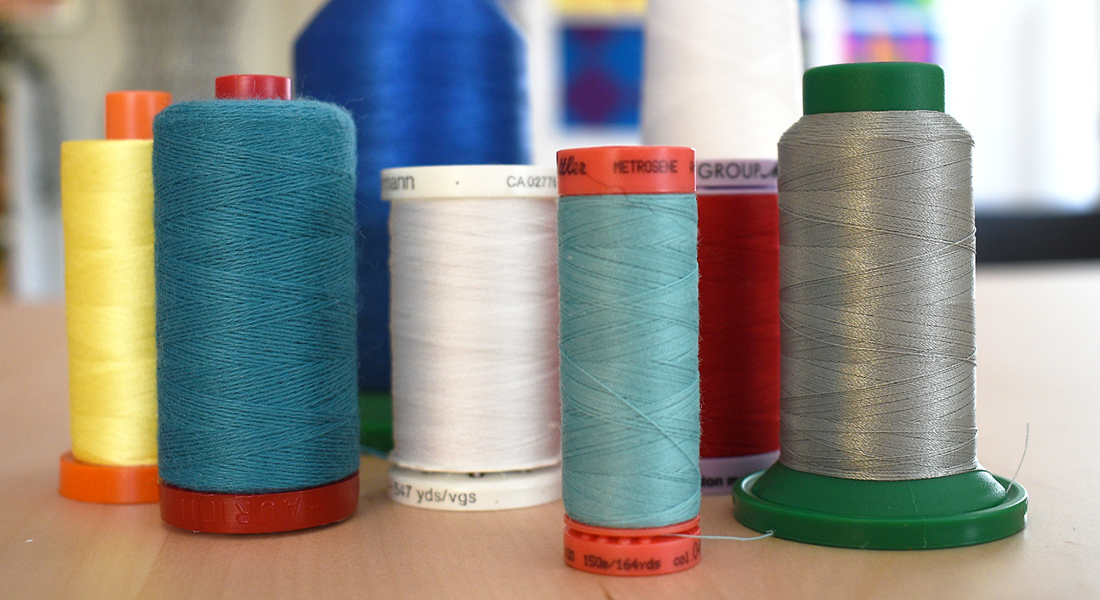
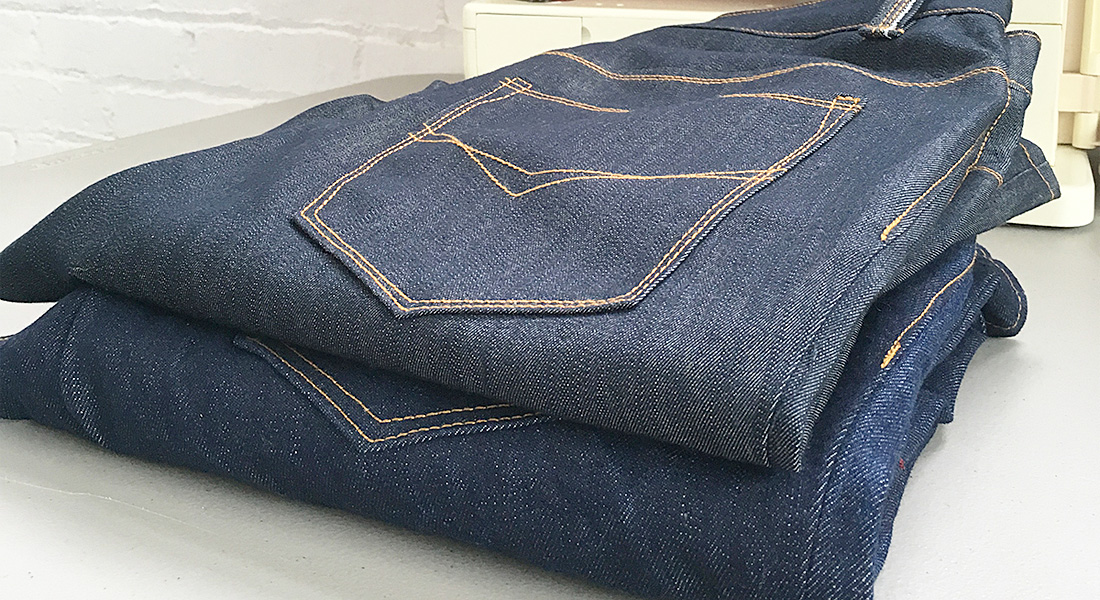
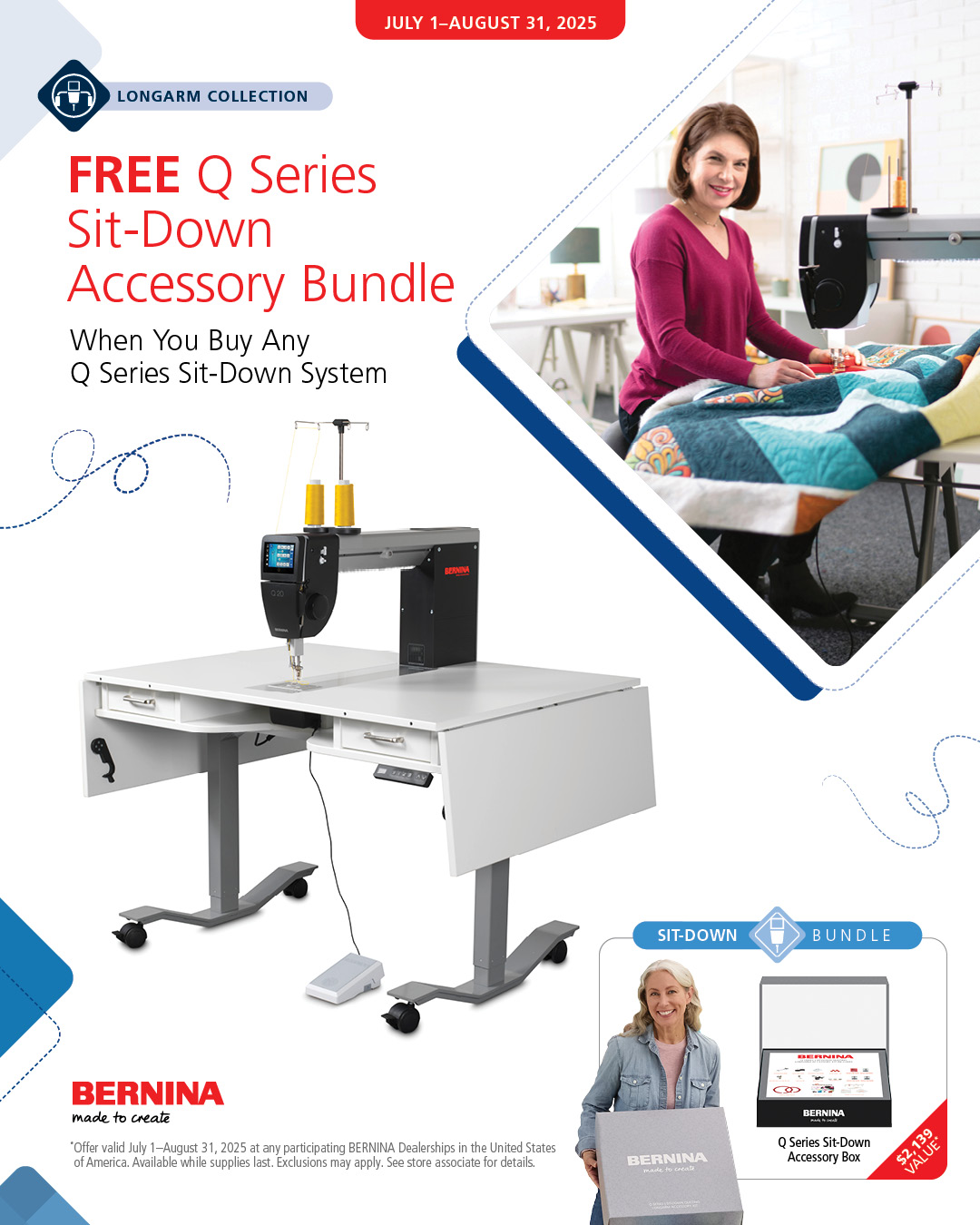
I have a Bernina L450 overlocker. Occasionally some soft stretch knit fabrics seem to get dragged under and do not get cut. What could be causing this? It doesn’t happen every time.